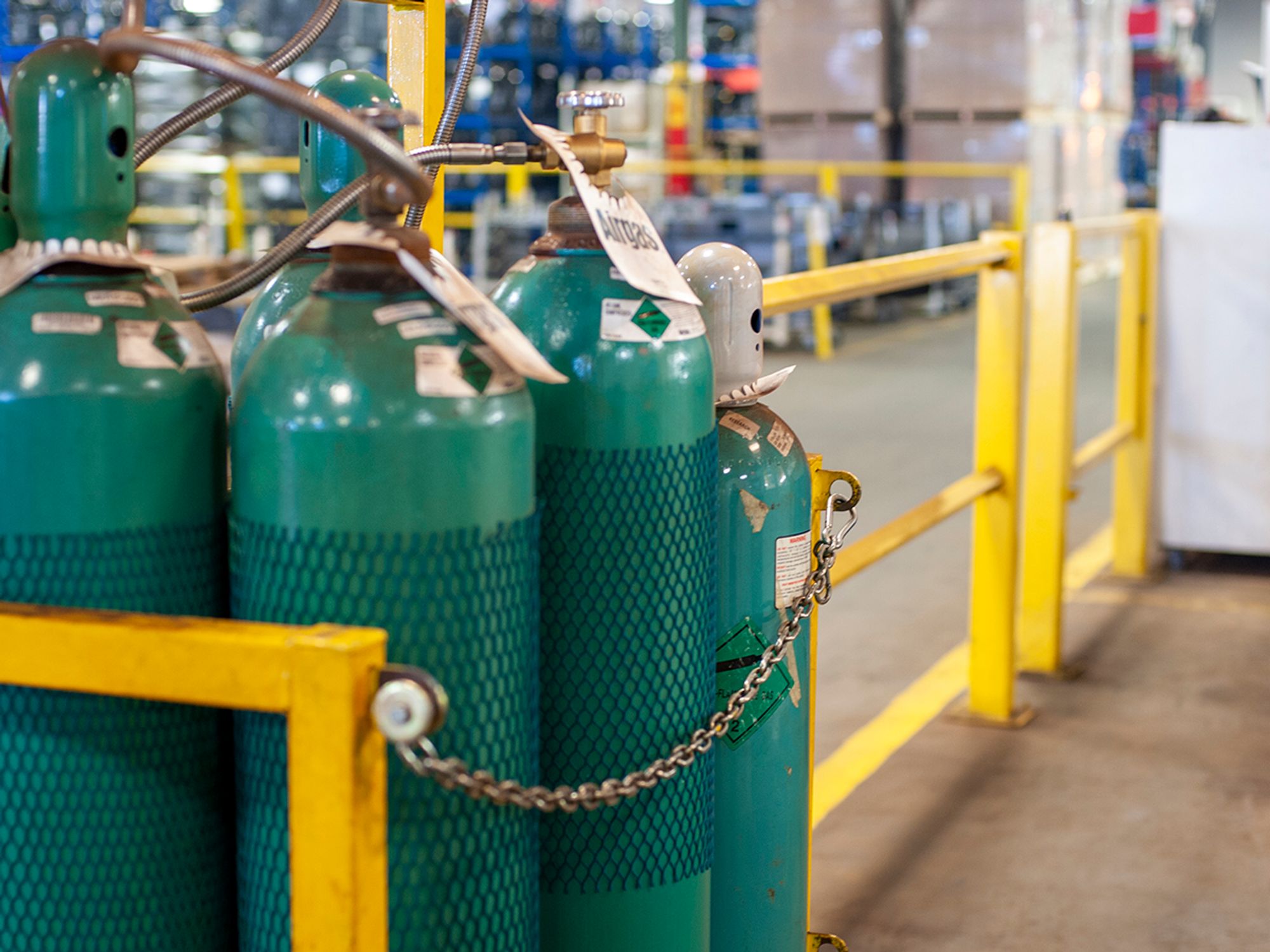InstituteRisk Management ProgramRisk Management ProgramIn Depth (Level 3)EnvironmentalEnglishSARA ComplianceAnalysisFocus AreaUSA
Who is exempt from RMP?
['Risk Management Program']

- Facilities that handle regulated substances in quantities below the specified threshold are exempt.
The Risk Management Plan (RMP) rule does not apply to facilities that handle regulated substances in quantities below the specified threshold limits outlined on the List of Regulated Substances under 112(r) of the Clean Air Act.
Other exemptions include:
- Flammable fuels used as fuel or held for sale as fuel at a retail facility (that is, a facility at which more than one-half of the income is obtained from direct sales to end users or at which more than one-half of the fuel sold, by volume, is sold through a cylinder exchange program). However, flammable fuels used as a feedstock or held for sale as fuel at a wholesale facility are still covered.
- Ammonia used as an agricultural nutrient, when held by farmers.
- Gasoline (which includes some of the regulated chemicals) that is used for internal combustion engines.
- Regulated substances in naturally occurring hydrocarbon mixtures (e.g., natural gas condensate, crude oil, field gas, and produced water) prior to initial processing in a petroleum refining process unit or a natural gas processing plant.
- Any source located on the outer continental shelf (e.g. oil rigs or production platforms).
- Regulated substances contained in articles. Articles are manufactured items that are formed to a specific shape or design during manufacture, that have end use functions dependent in whole or in part upon the shape or design during end use, and that do not release or otherwise result in exposure to a regulated substance under normal conditions of processing and use.
- A regulated flammable substance that is present in a mixture if it comprises less than one percent by weight of the mixture. If the regulated substance comprises more than one percent by weight of the mixture and the mixture has a flash point greater than 22.8 degrees C and a boiling point above 37.8 degrees C or the mixture does not meet the National Fire Protection Association (NFPA) flammability rating of 4 or higher, then the mixture is exempt.
- A regulated toxic substance that is present in a mixture if it comprises less than one percent by weight of the mixture. If the regulated substance comprises more than one percent by weight of the mixture and if the partial pressure of the regulated toxic substance in the mixture is less than 10mm mercury, then the mixture is exempt. This, however, does not apply to Oleum; toluene 2,4- diisocyanate; toluene 2,6-diisocyanate; toluene diisocyanate.
- Four aqueous solutions already have specified concentrations that make them subject to RMP and therefore should not be considered in this mixture exemption. These four solutions are ammonia (20%), hydrochloric acid (37%), hydrofluoric acid (50%), and nitric acid (80%).
- Regulated substances used for the following purposes are exempt from the RMP rule:
- Use as a structural component of the stationary source,
- Use of products for routine janitorial maintenance,
- Foods, drugs, cosmetics, or other personal items containing the regulated substance used by employees,
- Use of regulated substances present in process water or non-contact cooling water as drawn from the environment or municipal sources or use of regulated substances present in air used either as compressed air or as part of combustion.
- Regulated substances used in laboratories at a stationary source under the supervision of a technically qualified individual. This exemption does not apply to:
- Specialty chemical production,
- Manufacture, processing, or use of substances in pilot plant scale operations, and
- Activities conducted outside the laboratory.
